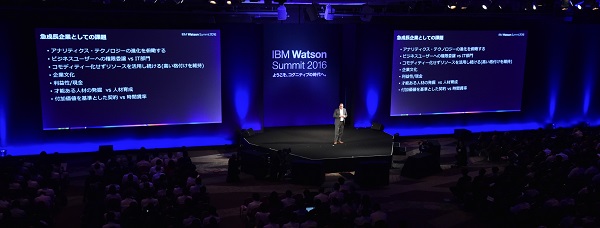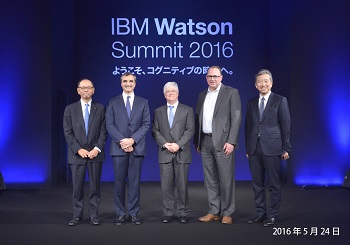Over the past week, I’ve spoken to a number of customers and partners who are adjusting to the ever-evolving reality of life during COVID-19. Beyond the many ways it has affected their personal lives and families, we’ve also discussed how it has impacted their jobs, and the role of analytics in the success of their organizations.
During these conversations, a few consistent themes have emerged from the people responsible for delivering reporting and analytics to their user communities:
- Reliability: Continuing to deliver business as usual content despite a suddenly remote workforce
- Resiliency: Hardening existing systems and processes to ensure continuity and security
- Efficiency: Delivering maximum value even in the midst of a short-term business downturn
- Innovation: Finding new ways to leverage data to address emerging challenges in areas such as supply chain, customer service, pricing optimization, marketing, and others.
While none of these topics are new to those of us in analytics, the new reality brought on by COVID-19 has made it even more important for us to succeed in every area. In an excellent Forbes article, Alteryx CEO Dean Stoecker discusses the importance and relevance of analytics professionals in driving success for their organizations in these trying times.
As he correctly concludes,
“If anyone is prepared to tackle the world’s most complex business and societal challenges—in this case, a global pandemic—it is the analytic community.”
We’re all in this together.
At Ironside, we’re taking that challenge to heart and looking at how we, too, can refocus our talents to better help our customers. Our upcoming series, Strategies for Success During Uncertain Times, will cover the steps we’re taking to help our partners weather this storm.
As of today, we’re:
- Holding on-demand “Coffee Breaks” with some of our most experienced SMEs
- Increasing remote trainings on key technologies
- Rolling out short-term hosted platforms to accelerate model development, especially for predictive analytics
- Expanding our managed-services capabilities for platforms and applications, even for short-term demand
- Increasing our investment in off-shore capabilities to reduce costs and expand coverage models and other areas, too
Additionally, we are offering more short-term staffing options to our customers. Read Depend on Ironside for your data and analytics bench for short- and long-term success for more about these services.
We’re here to help.
At Ironside, we agree that the analytics community is uniquely-positioned to help our organizations weather the COVID-19 storm, and we’re committed to making our customers and partners as successful as possible.
We look forward to speaking with you about your immediate needs, and continuing the conversation on these and other timely topics.
Contact us today at: Here2Help@IronsideGroup.com










